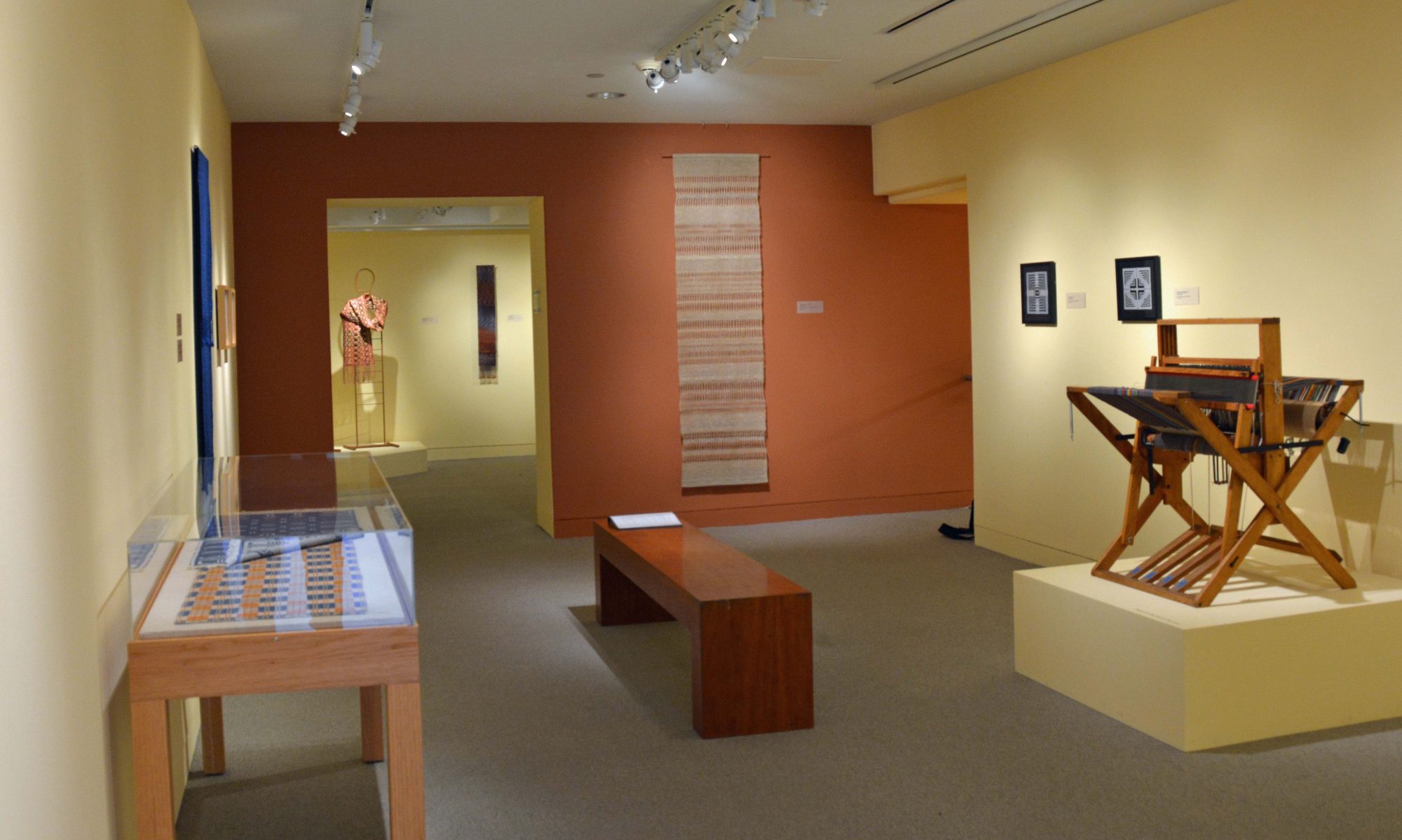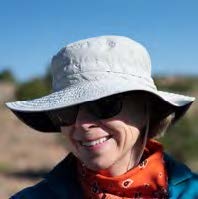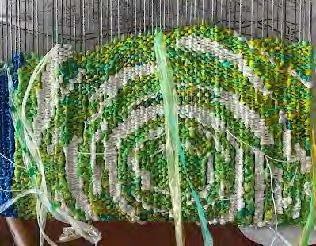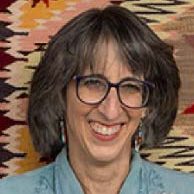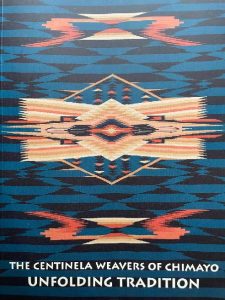April Program April 11 @ 10:00 a.m.
Meet at 10 a.m. in the Lobby of the Visitors Center
RSVP to Dinah Kirby by Monday, April 8
Our April Meeting will take place at the Winterthur Museum, Garden & Library, 5105 Kennett Pike, Winterthur, Delaware. We will meet in the lobby of the Visitor’s Center at 10 a.m. and will be escorted by the staff via shuttle bus to the Museum, where we will tour the Library and Conservation Laboratory.
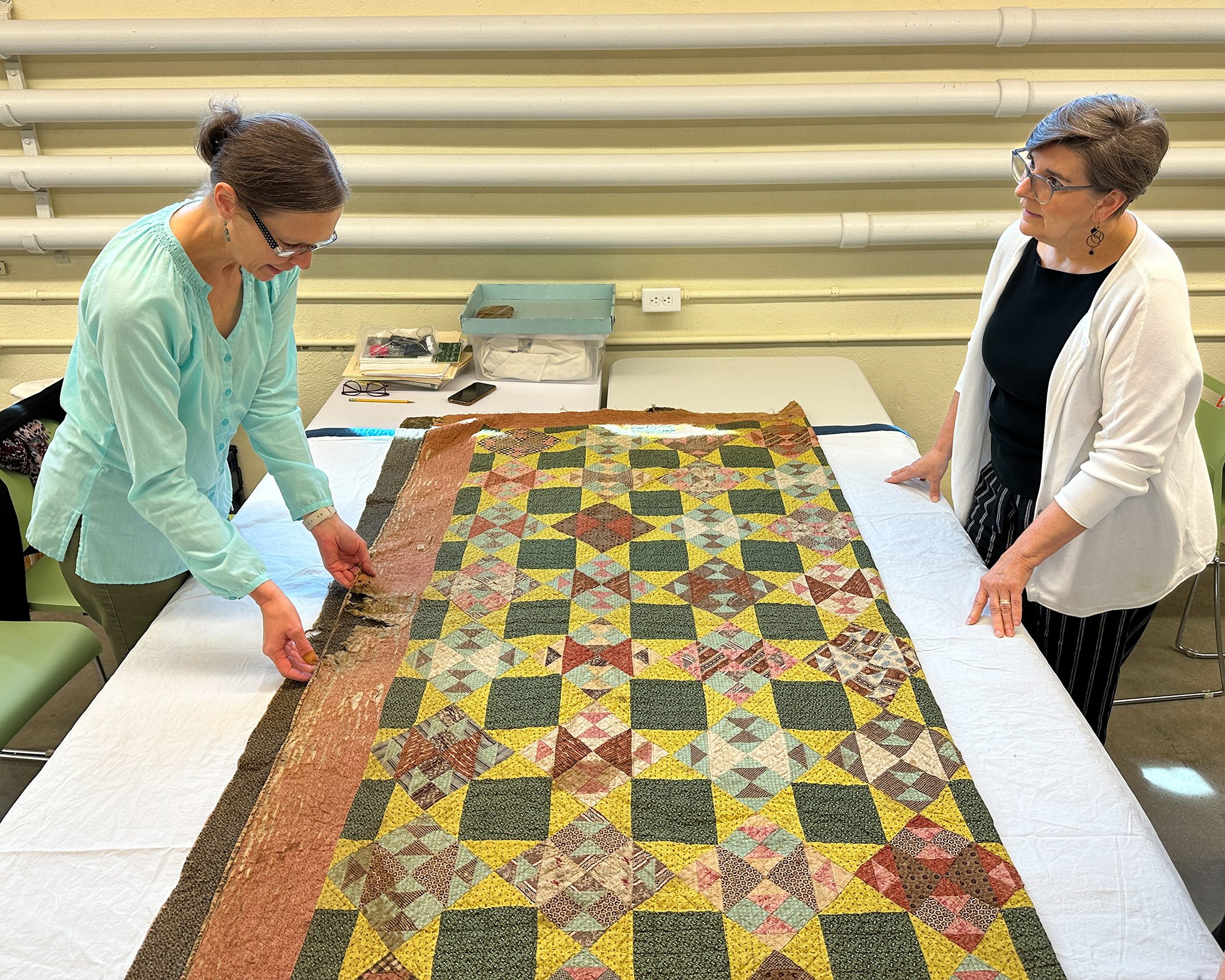
The tour will take about 2 hours, after which we will have a brief business meeting in a classroom reserved for us. After the meeting, HWG members are free to tour the rest of the house, dine in the cafeteria in the Visitor’s Center, and take a walking tour of the gardens with Pam Sapko, one of our members who volunteers in the gardens. Winterthur is offering this exclusive behind-the-scenes tour for the Harmony Weavers Guild free of charge as thanks for all of our contributions to their events and workshops! Please RSVP to Dinah Kirby by Monday, April 8.
Winterthur is the premier museum of American decorative arts, with an unparalleled collection of nearly 90,000 objects made or used in America since 1640. The collection is displayed in the magnificent 175-room house, much as it was when the family of founder Henry Francis duPont called it home. The graduate degree programs and extensive research library make Winterthur an important center for the study of American art and culture. The Winterthur Library is an independent research library with a world-class collection dedicated to the understanding and appreciation of artistic, cultural, social, and intellectual history of the Americas in a global context from the 17th to the 20th centuries. Its holdings include rare books, manuscripts, original works of art on paper, ephemera, photographs, the archives of the Winterthur estate and its history as a museum, and more. Of particular interest to our Guild, the collection includes several pattern books which we will have a chance to see.
The Conservation Department cares for the 90,000-piece Museum collection, prepares the objects for display and trains the next generation of conservators through Winterthur’s Art Conservation Program at the University of Delaware.
Winterthur is also 1,000 acres of protected meadows, woodlands, ponds, and waterways. The 60-acre garden, designed by du Pont, is among America’s best, with magnificent plantings and massive displays of color throughout the year. Don’t miss this wonderful opportunity to experience Winterthur on a tour tailored to our unique interests!
